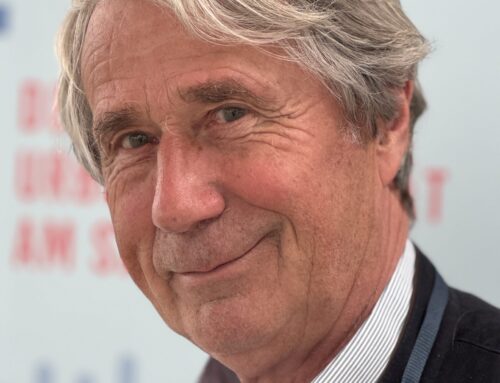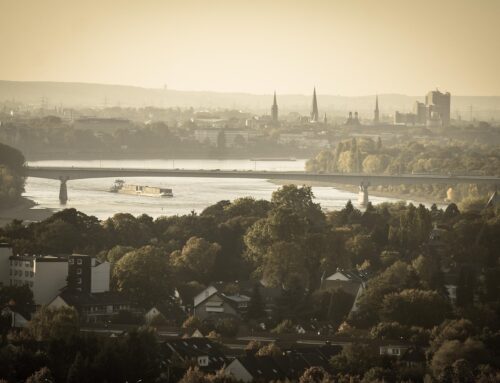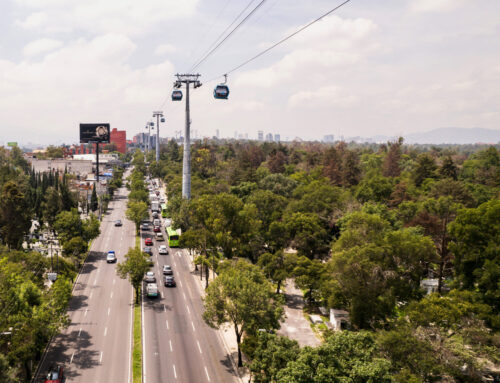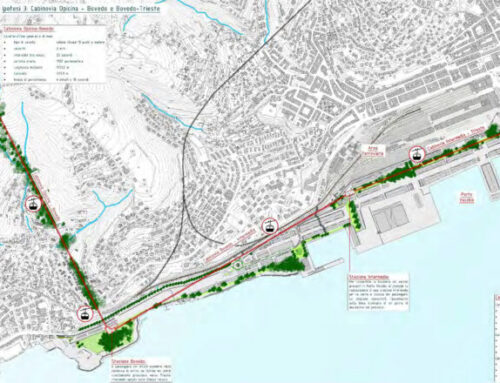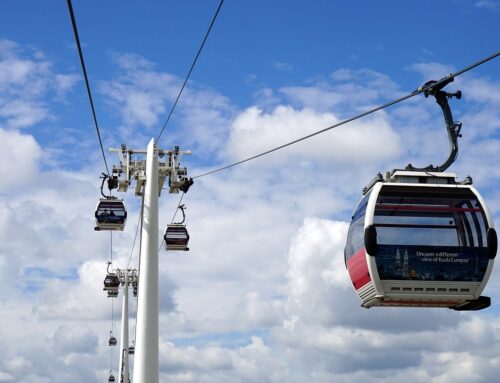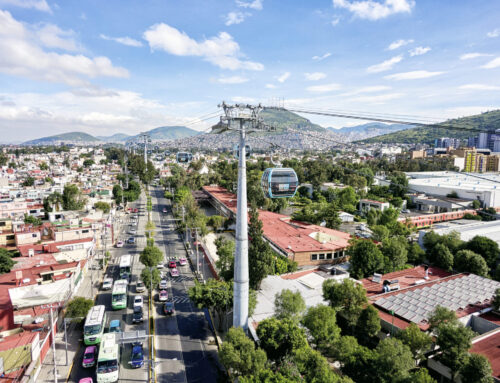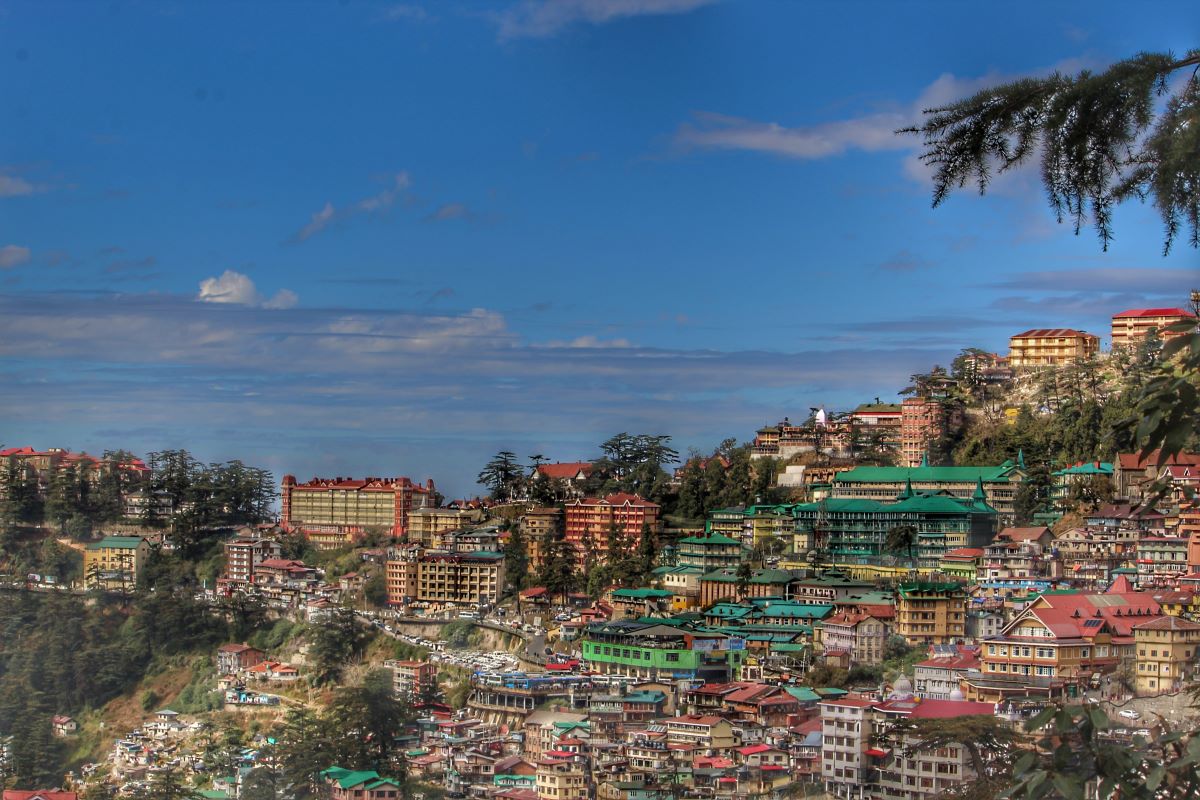
SI Urban 2/2023, SI Urban 2/2023, SI-Urban
Shimla: Cable car network for the capital of Himachal Pradesh
Shimla is one of the most popular mountain destinations in northern India. Due to the topography, cable cars are often the optimal solution for the current traffic issues in India.
The network will consist of three lines with a total of 15 cable car sections.
Compared to projects in the alps, the planning of cable cars in India presents a multifaceted and distinctive challenge.
On one hand, these cable car systems are intended to provide access to revered religious sites such as temple complexes settled atop mountains or shrines hidden within caves, without negatively impacting these sites through the cable car route.
Furthermore, there are restrictions such as flight bans over military installations.
“As a result of these restrictions, acquiring aerial terrain images using LIDAR drones becomes a challenge, leading to a reliance on terrestrial surveying methods for specific segments of the cable car route. Another challenge is clearing land for the cable car line. The Forest Department of India monitors interventions in India‘s forest cover and reacts very critically to planned deforestation. Legal foundations for implementation are still lacking in this regard,“ explains Stephan Salzmann, CEO of SALZMANN INGENIEURE.
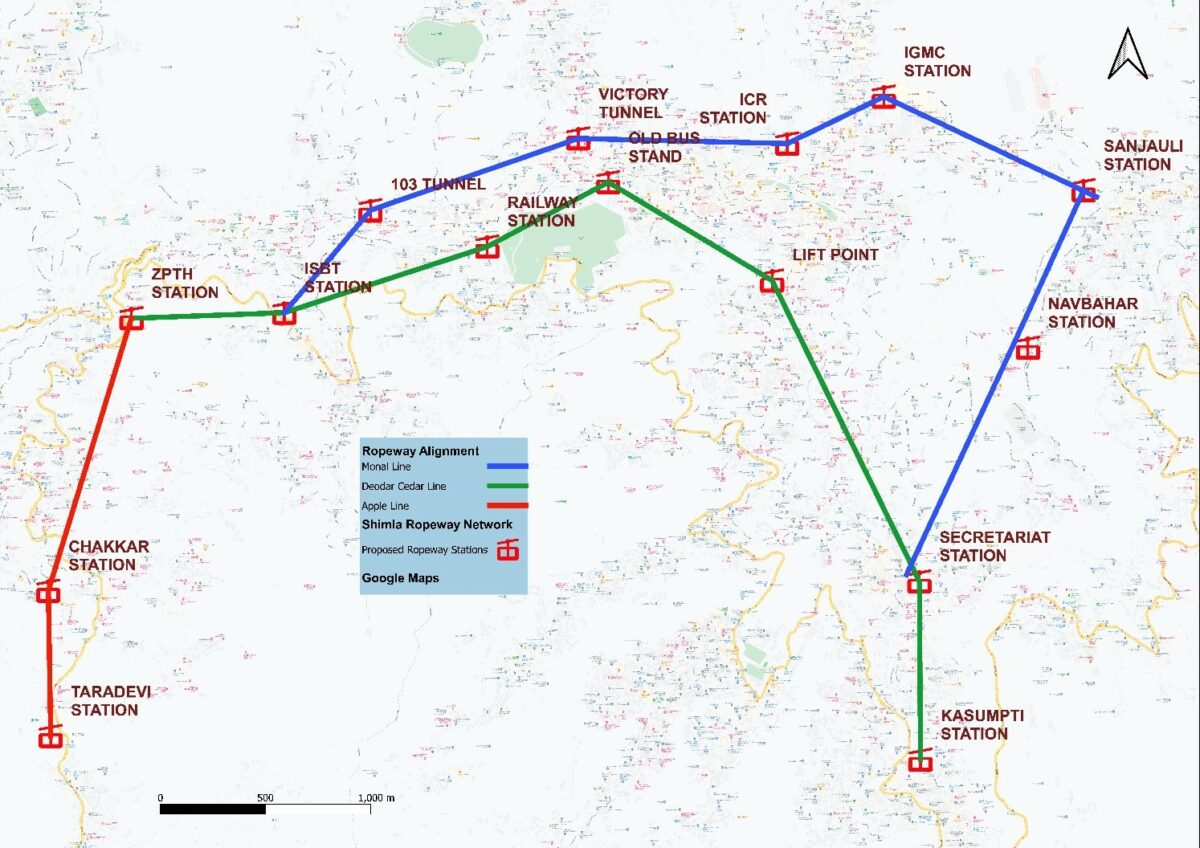
Cable car network map in Shimla
The total length will be 13.82 kilometres.
Dedicated cable car plans for India
Despite these formidable challenges, the Indian government remains unwavering in its dedication to advancing cable car projects. The vision entails the establishment of an extensive network of cable cars across India.
In an illuminating conversation with SI Urban, Nitin Gadkari, the Indian Minister of Transport, expressed his resolute ambition to materialize 250 such projects within a five-year span.
Of significant note is the instrumental involvement of the Bregenz engineering firm in twenty of these visionary cable car projects.
Attractive panorama
The city of Shimla is located at an elevation of 2,205 meters and features a well-planned architecture. It is renowned for pleasant hikes along slopes surrounded by pine and oak forests.
The proposed route passes through evergreen oak, deodar, and pine forests, residential areas, and historical sites such as the Shimla narrow-gauge railways.
The suggested cable car project has a total network length of 13.82 kilometers. Implementation is planned using monocable detachable gondolas. The longest section is covered by the Monal Line, spanning 6.98 kilometers.
It connects at two points with the Apple and Deodar Cedar Lines.
During a visit in India
Stephan Salzmann (3rd f. l.), Mrigank Shekar (1st f. r.) and Lukas Fritsch (2nd f. l.) – both Bernard India – with representatives of the client WAPCOS and the project operator RTDC during a site visit in Shimla. Photos: SALZMANN INGENIEURE
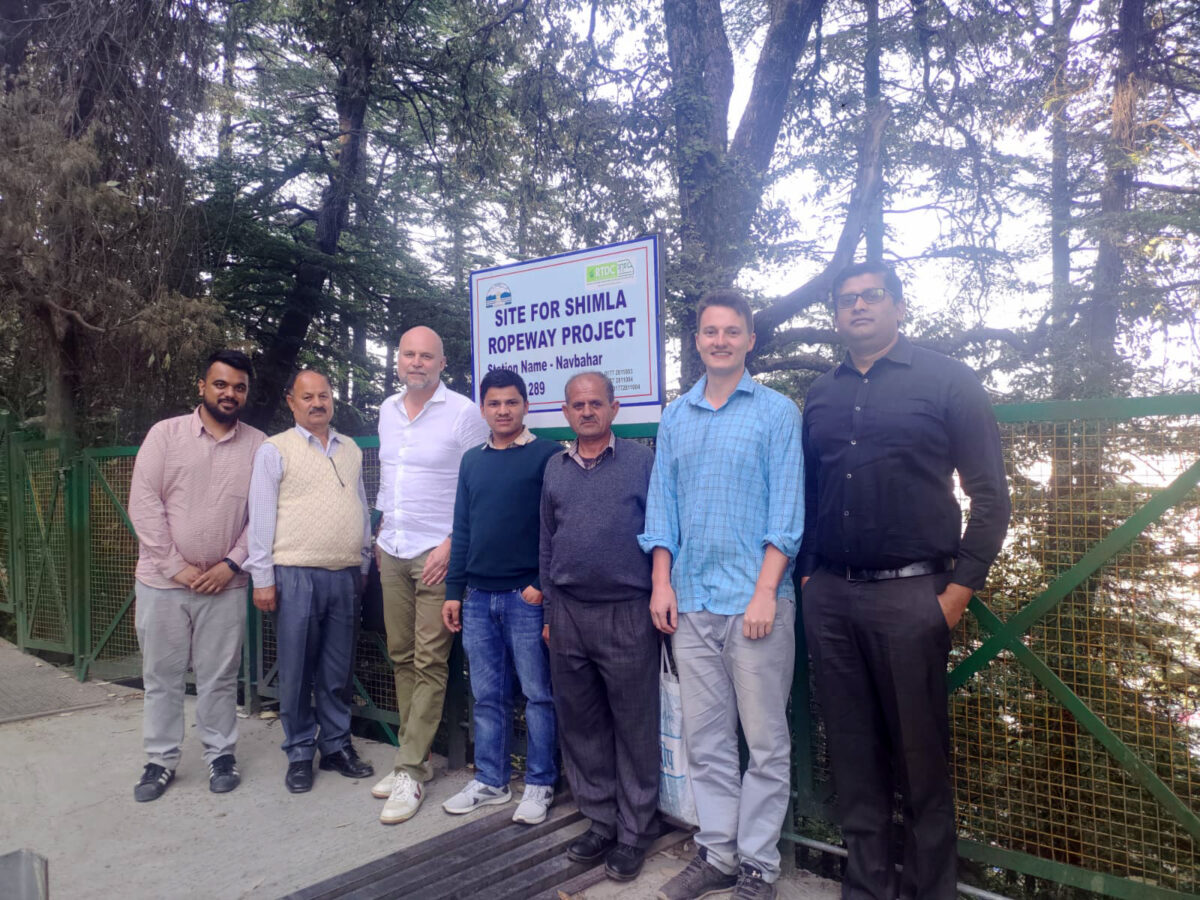
High capacity
The cable car system of the Apple and Deodar Cedar Lines is designed for an ultimate capacity of 3,000 passengers per hour and direction.
The Monal Line, upon full completion, will be able to transport 2,500 passengers per hour and direction.
The increasing number of locals and tourists in Shimla, the rapid development of the city, the improved quality of life that attracts migration, the growing number of private vehicles, and the limited space for road expansion within the city contribute to traffic congestion.
As a significant trade, cultural, and educational hub as well as one of India‘s most visited destinations, the city‘s transportation system must accommodate the rising and rapid growth.
The planned cable car network plays a pivotal role in this: The cabins smoothly glide above the congestion at the plus-one level, aiding the population of Shimla in their daily commutes across the city.
Improved connectivity
According to the Indian government, the construction of the cable car will connect 329 residences that previously lacked access to the public transportation network.
Technical data:
Apple- & Deodar Ceda Line
| Operation | Public Transport |
| Capacity | 3,000 p/h/d |
| Length Apple | 1.99 km |
| Length Deodar Cedar | 4.85 km |
| System | Monocable detachable gondola |
Technical data:
Monal Line
| Operation | Public Transport |
| Capacity | 2,500 p/h/d |
| Lenght | 6.98 km |
| System | Monocable detachable gondola |

